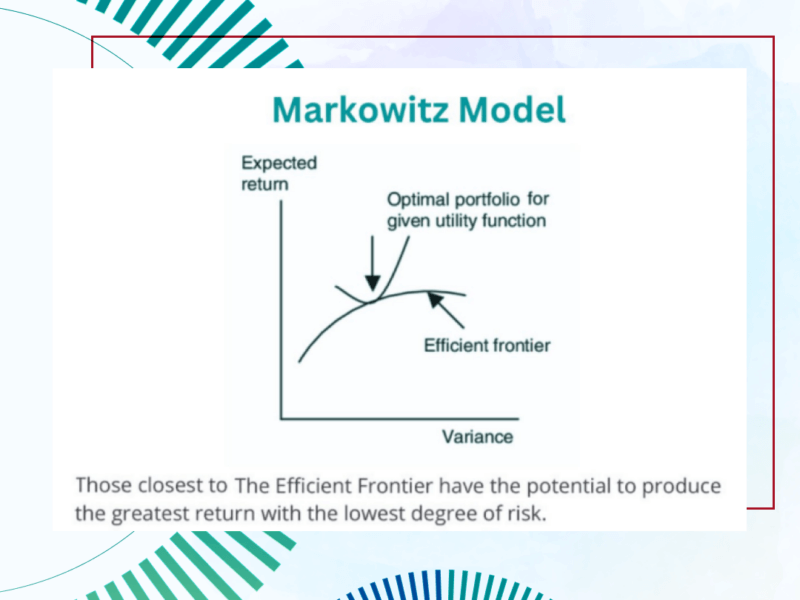As we navigate through 2024, market volatility remains a major issue for investors worldwide. Managing this volatility is crucial to developing an investment strategy that remains stable even when markets change.
Market volatility refers to frequency and magnitude of price changes in the financial markets. It is an inherent aspect of investing, yet increased volatility can promote uncertainty and lead to emotional decision-making. Various factors, including economic indicators, geopolitical developments, and monetary policy changes, play a significant a role in shaping volatility.
In addition to asset allocation, where investments are spread across different asset classes to diversify risk, there are more sophisticated strategies to increase portfolio resilience. One of these strategies is volatility buffering, which uses financial instruments to reduce the impact of market fluctuations. Minimizing volatility risk by including assets that are less sensitive to market fluctuations, such as certain types of fixed-income securities or defensive equities, can also be used. Another strategy is dynamic asset allocation, where the investment mix is adjusted in response to short-term market changes and long-term market trends. This method differs from static allocation in that it actively shifts the weighting of asset classes to take advantage of market opportunities or to reduce exposure during downturns. Ready-made investments that combine traditional securities with derivative components like structured products are also commonly used for investment strategies.
Maintaining a long-term perspective is essential during volatile periods. Despite the unsettling nature of short-term market turbulence, the overall trend of the markets has historically been upwards over longer periods. Therefore, staying committed to long-term goals is the key to weathering through volatility.
At ISEC Wealth Management, we take a proactive management approach to steer through market volatility by carefully monitoring market patterns and adjusting portfolios to not only take advantage of market opportunities, but also to protect our clients’ investments.
Risk Warning: The information in this article is presented for general information and shall be treated as a marketing communication only. This analysis is not a recommendation to sell or buy any instrument. Investing in financial instruments involves a high degree of risk and may not be suitable for all investors. Trading in financial instruments can result in both an increase and a decrease in capital. Please refer to our Risk Disclosure available on our web site for further information.



This article from ISEC Wealth Management is really good.
Market volatility is something that can shake out the portfolio and diminish returns consequently.
Mentioned techniqie to strengthen portfolio, so-called volatility buffering, is of utmost importance. Inclusion of fixed-income securities will help in volatile cases.
Agree on dynamic asset allocation, it also has to be taken into account.
Well, dude I absolutely agree with you and I have no something else to add to your response. By the way, ISEC WM is a really reliable company cuz I managed to try out the services already.